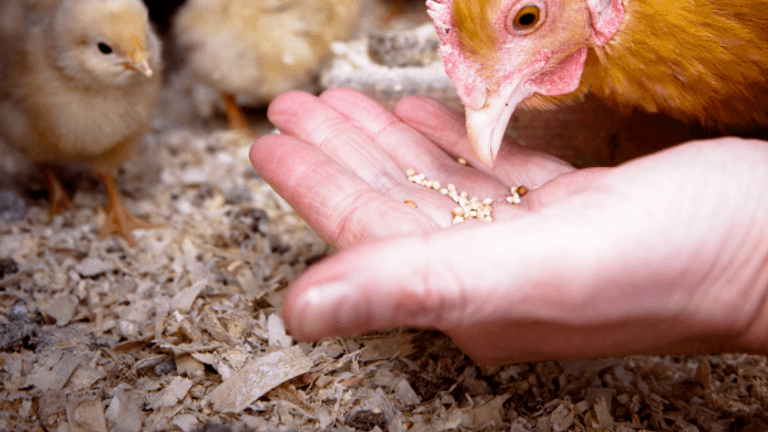
Optimizing FCR in Poultry Production Using Feed Additives
Feed Conversion Ratio (FCR) is a critical metric in poultry production that has a direct impact on the economics and profitability of the operation. However, achieving and maintaining a good FCR can be challenging because of the many factors that influence feed efficiency. In the quest to optimize FCR in poultry, several factors must be considered. Genetic considerations, including breed-specific traits that affect growth rates and metabolic efficiency, are critical in the context of selective breeding. Environmental stressors, including issues such as poor ventilation and overcrowding, play a role in influencing stress levels and consequently feed efficiency. Health challenges, including disease and infection, interfere with digestive and metabolic processes, thereby reducing FCR. Ultimately, working with poultry nutritionists to formulate a balanced, nutritious diet, in addition to implementing disease prevention measures, will contribute to overall flock health and ensure optimal feed efficiency.
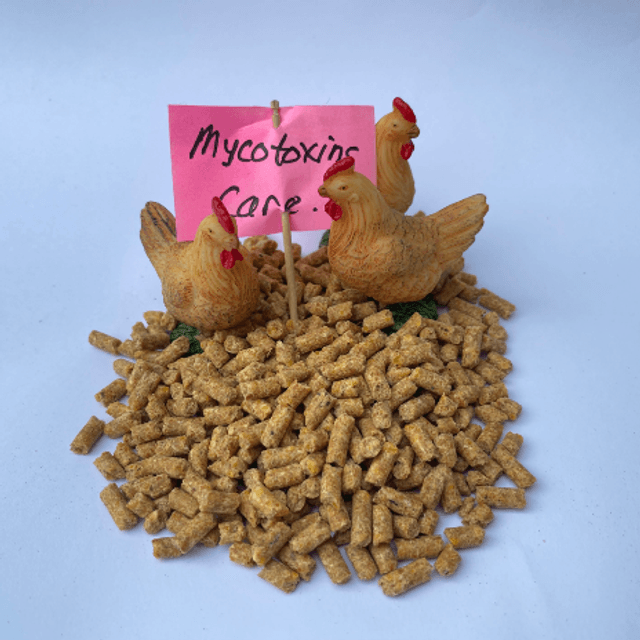
Proactive Management Strategies for Improving FCR
Mycotoxin binders such as bentonite, prebiotics such as yeast and its components mannan-oligosaccharides (MOS) and beta-glucans, and certain acids have been shown over the past 20 years of XVET experience to be valuable components in improving poultry production by improving the Feed Conversion Ratio (FCR). In addition, enzymes that promote efficient digestion, particularly those that target non-starch polysaccharides (NSPs), contribute significantly to overall poultry performance.
Bentonite, a natural clay mineral, is known for its ability to bind mycotoxins and prevent their absorption in the digestive system. Mycotoxins produced by molds can contaminate feed and adversely affect poultry health and performance, particularly in the metabolic organs: liver and kidneys.
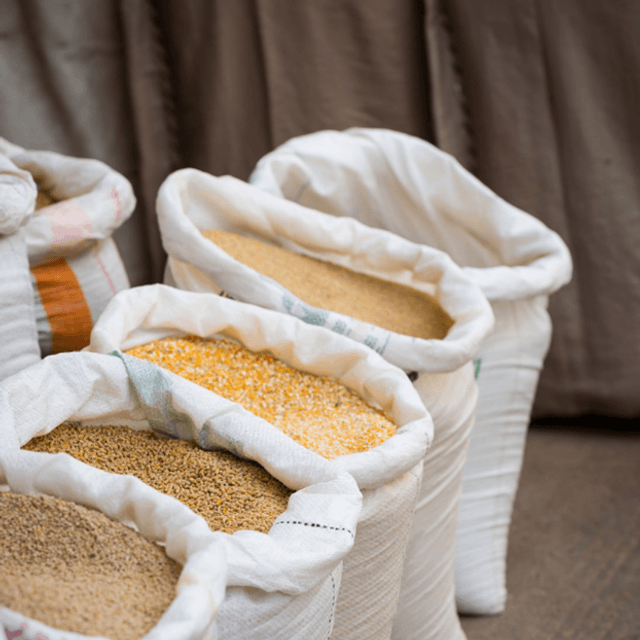
Prebiotics, such as yeast, which contain MOS and beta-glucans in their cell walls, have immunomodulating effects. Prebiotics promote the growth of beneficial bacteria in the gut, improving overall gut health in poultry. Beta-glucans, known for their immune-stimulating properties, strengthen the bird’s immune system, making it more resistant to disease. This dual action of yeast products supports a healthier and more robust flock. Acids, when used as feed additives, serve multiple purposes.
Creating an acidic environment in the feed and/or gastrointestinal tract, not only inhibits the growth of harmful bacteria but also helps to improve nutrient absorption. Contributing to a more favorable gut environment helps to result in better FCR and overall poultry performance. In certain cases, organic acids may even penetrate non-beneficial cells, helping to reduce pathogen pressure by destroying them.
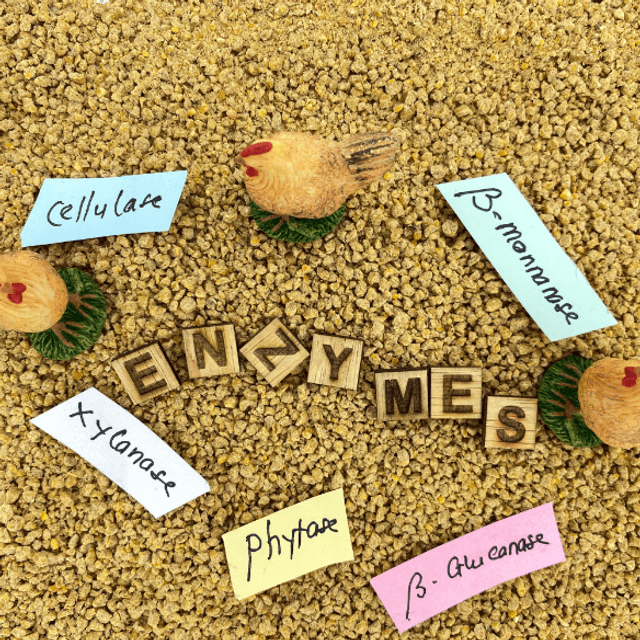
On the digestive front, enzymes are essential components in improving nutrient utilization. Enzymes targeting NSP, like xylanases and cellulases, break down complex carbohydrates in the feed that would otherwise be indigestible. Phytases, especially 6-Phytase being highly efficient, convert indigestible, organic phosphorus derived from botanic origin phytic acid, in usable and thus easier accessible to the animal’s body. This breakdown of nutrients enhances the availability of nutrients for absorption, resulting in improved FCR.
In summary, the synergistic effects of mycotoxin binders, yeast-based products, acids, and enzymes contribute significantly to the improvement of FCR in poultry production. By promoting gut health, enhancing the immune system, and optimizing nutrient digestion, these additives collectively create an environment conducive to efficient growth and performance in poultry. Incorporating these elements into poultry feed formulations can lead to healthier, more productive flocks and ultimately contribute to the success of poultry farming operations.
Discover XVET’s Turbo Grow for in-feed application, with its smart combination of prebiotics, acids, and mycotoxin binders to empower your flock – all with 100% product! Maximize feed efficiency with our range of enzyme combinations to ensure a maximum of nutrient access to the animal, like Multi-X-Zyme.
Our Solution
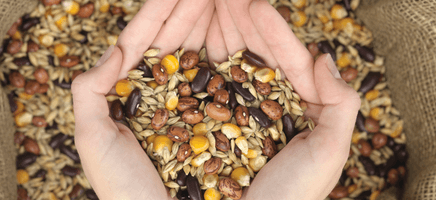 Multi-X-ZymeSave where you can
Multi-X-ZymeSave where you can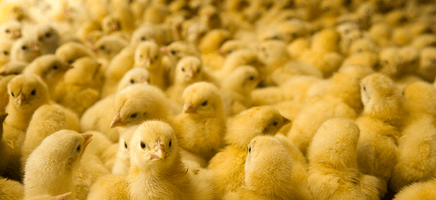 Turbo Grow1 for all, all inside 1
Turbo Grow1 for all, all inside 1